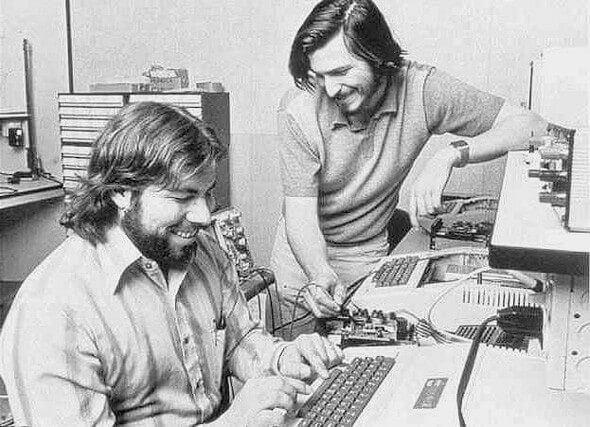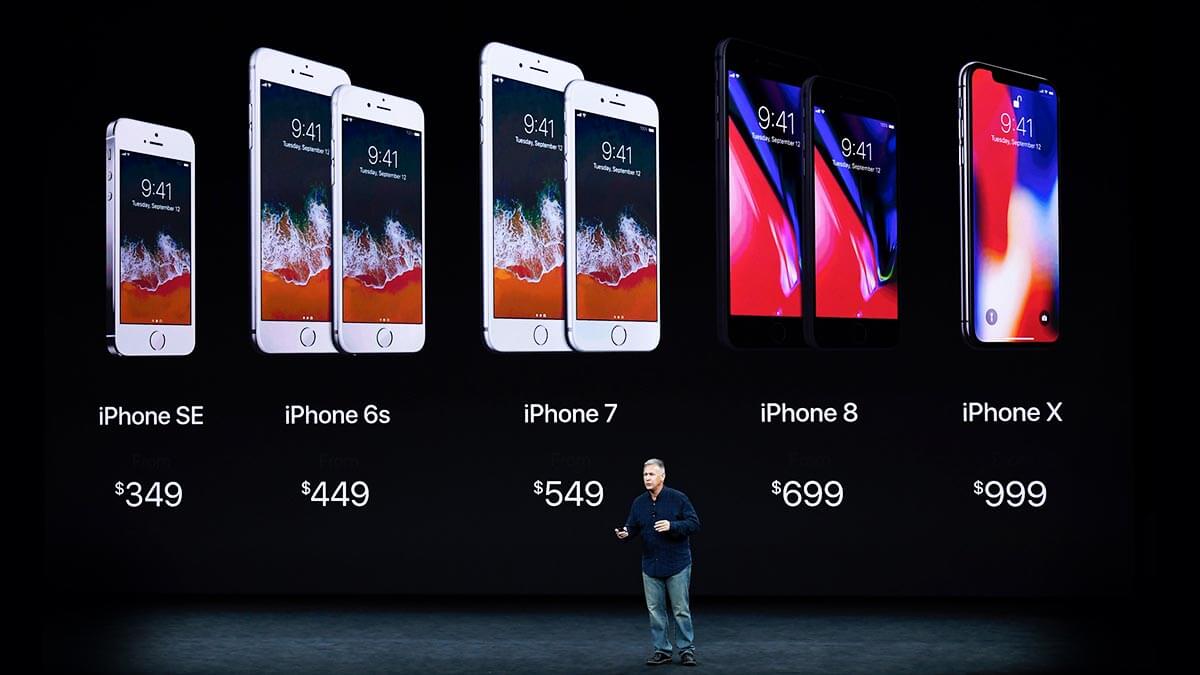Steve Jobs didn’t invent the iPhone, the iPad or the Mac. He invented the stories that sold the iPhone, the iPad and the Mac. This prominent tech leader is not known for being a coder but a marketer. One of the most-known consumer electronics companies has stayed afloat because of their marketing strategies and constant disruptive innovations in the tech world.

The company’s turning point started in 1984 with their Macintosh commercial directed by Ridley Scott, introducing three decades of powerful ads.

The way in which Apple is able to obtain and retain their covetable status is by rolling out new features and upgrades constantly, making each device better than the previous release. Research shows that Apple’s advertising does a better job prompting buzz about their products than it does in directly building brand perceptions. The engagement generated by such advertising strategies generates word-of-mouth, and that word-of-mouth helps build the company’s brand perceptions, which lead to the building of the desire for the product.
The tech giant, instead of spending thousands of dollars on AdWords and Facebook Ads, devotes their advertising efforts on product placement (especially with celebrities and in popular shows) and the buzz created by positive reviews in the media.
Another strategy Apple has been able to master is pricing, focusing on their UVP (unique value proposition), which is a beautiful design that works right out of the box with ever-smaller packaging. It’s a marketing strategy that gets fuss throughout social media and is very much a competitive advantage for Apple and its market share.

Apple doesn’t view PCs as competition. Where others focus on a single killer feature through a variety of content marketing, Apple focuses on the entire product. Apple routinely earns its higher prices with top-of-the-line features and specifications. Whether you’re selling products or services, the key to making this strategy work for you is to make sure that you justify that higher price to then capture your market share.

Apple understands that technology consumers often get overwhelmed. That’s true of other niches and industries, as well. Overwhelm can create confusion in a marketing mix. Apple helps reduce that consumer confusion by simplifying their web and sales copy. They completely eschew jargon or industry terms. Instead, they use simple, direct words and they continually stress the benefits that consumers absolutely need and will be thrilled by. This is part of their brilliance in content marketing; high tech without high tech terms. This approach doesn’t confuse their customers with too much information.

What Apple’s ads and marketing strategies convey isn’t specifications and features, but rather how the product can change your life and make it better. But Apple doesn’t stop there. This is just step one in their marketing strategies. They carry this philosophy of “simpler is better” through to their product lines, too. They don’t overwhelm prospective customers with too many choices, parameters or options. An apple retail store is design for test driving products not grabbing boxes.
Overall, even though Apple’s products are of great quality, they excel on their advertising strategies, making customers wanting to be part of the Apple community and be at the top of the curve of innovation and disruption of technology products.